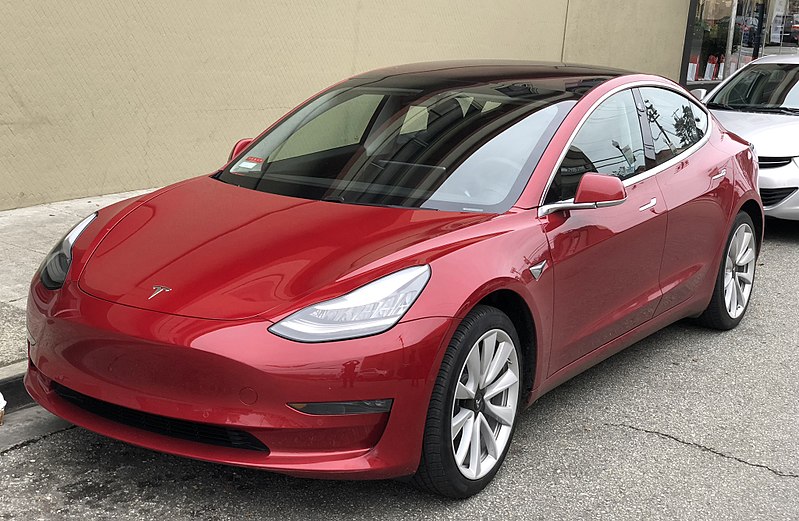While the president mocks low-emission vehicles, the rest of the country is busy paving the way for their big day.
Can you imagine a congressional bill that would enjoy the fervent support of both General Motors and the League of Conservation Voters? Ford Motor Company and the Union of Concerned Scientists? Nissan and the Natural Resources Defense Council?
It’s almost as unlikely as a bill being cosponsored by Senator Debbie Stabenow of Michigan, whom the National Journal dubbed one of the country’s most liberal senators in 2011, and Senator Lamar Alexander, who has represented the deep-red state of Tennessee since 2003.

And yet, believe it or not, there is such a bill: the Driving America Forward Act, introduced on Wednesday by the aforementioned senators and a small, bipartisan group of their legislative peers. If passed into law, it would protect and even expand the tax credits currently enjoyed by buyers of electric vehicles—tax credits that President Trump, as part of his 2020 budget, has pledged to end. (More on that in a minute.)
This bill is just one of a number of recent signs that the momentum for electric vehicles (EVs) is building toward something like cultural and economic inevitability. Another sign came in late March when Duke Energy, a literal powerhouse that provides electricity to more than seven million Americans throughout the Southeast and the Midwest, announced that it’s planning to invest $76 million in EV infrastructure in its home state of North Carolina. This would in effect double the number of charging stations in the state. The plan is further evidence that utilities are recognizing that the market for EVs isn’t shrinking or even plateauing but growing—and they want in.
Americans purchased more than 360,000 EVs in 2018, representing an 81 percent increase in sales over the previous year. And while the number of EVs currently in the U.S. fleet—about one million—is small relative to the number of gas-powered cars and trucks out there, auto industry forecasters, car companies, and utilities are much more focused on this degree of explosive growth. Analysts at J.P. Morgan predict that, at current rates, EVs will account for more than 38 percent of total U.S. auto sales in 2025. And by 2030, according to a recent Edison Foundation report, there will be 18.7 million of them cleanly cruising down America’s roads.
Read more: NRDC
